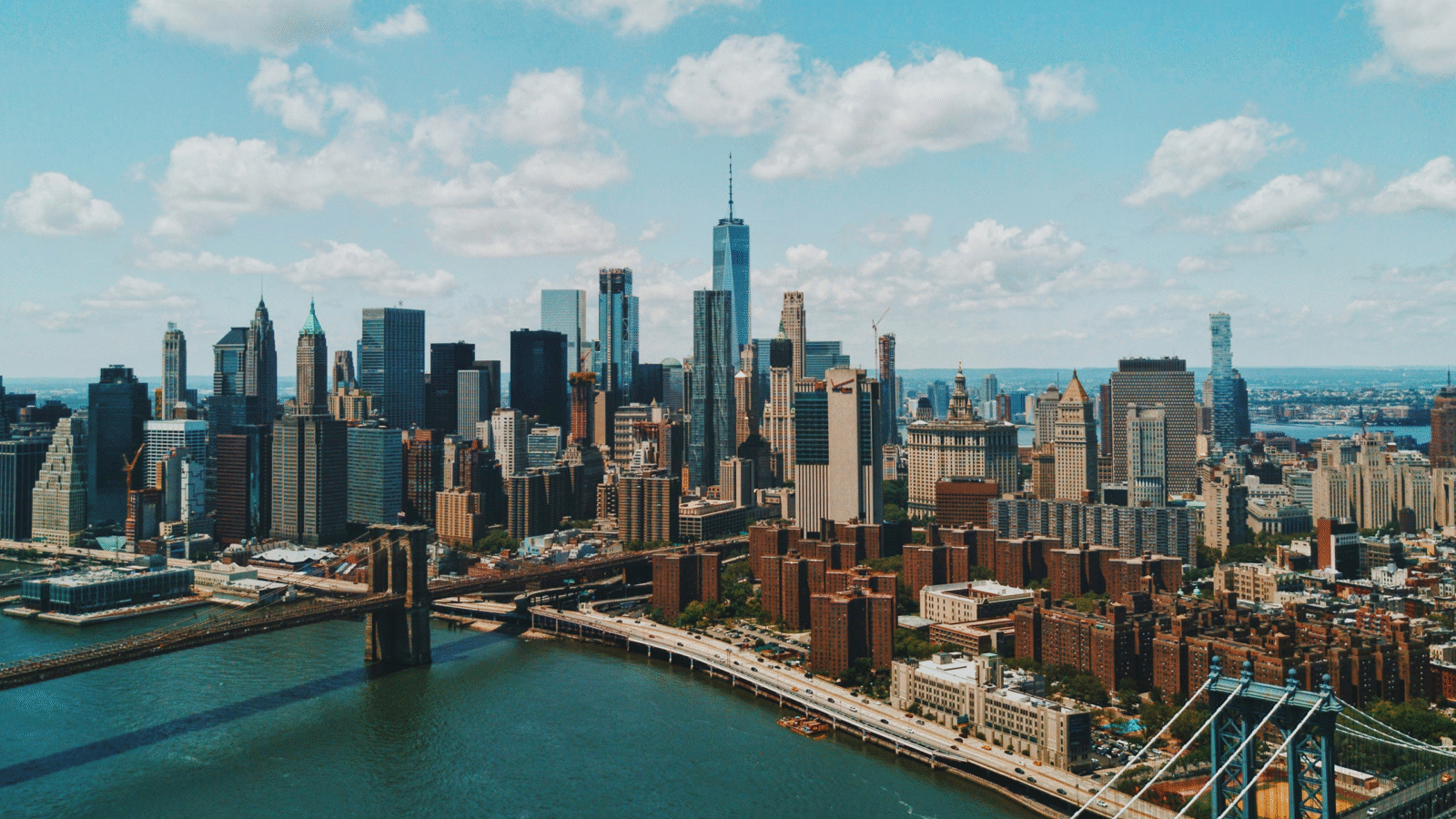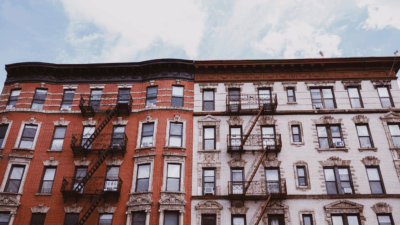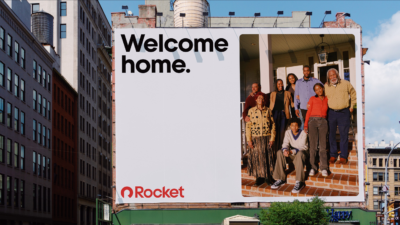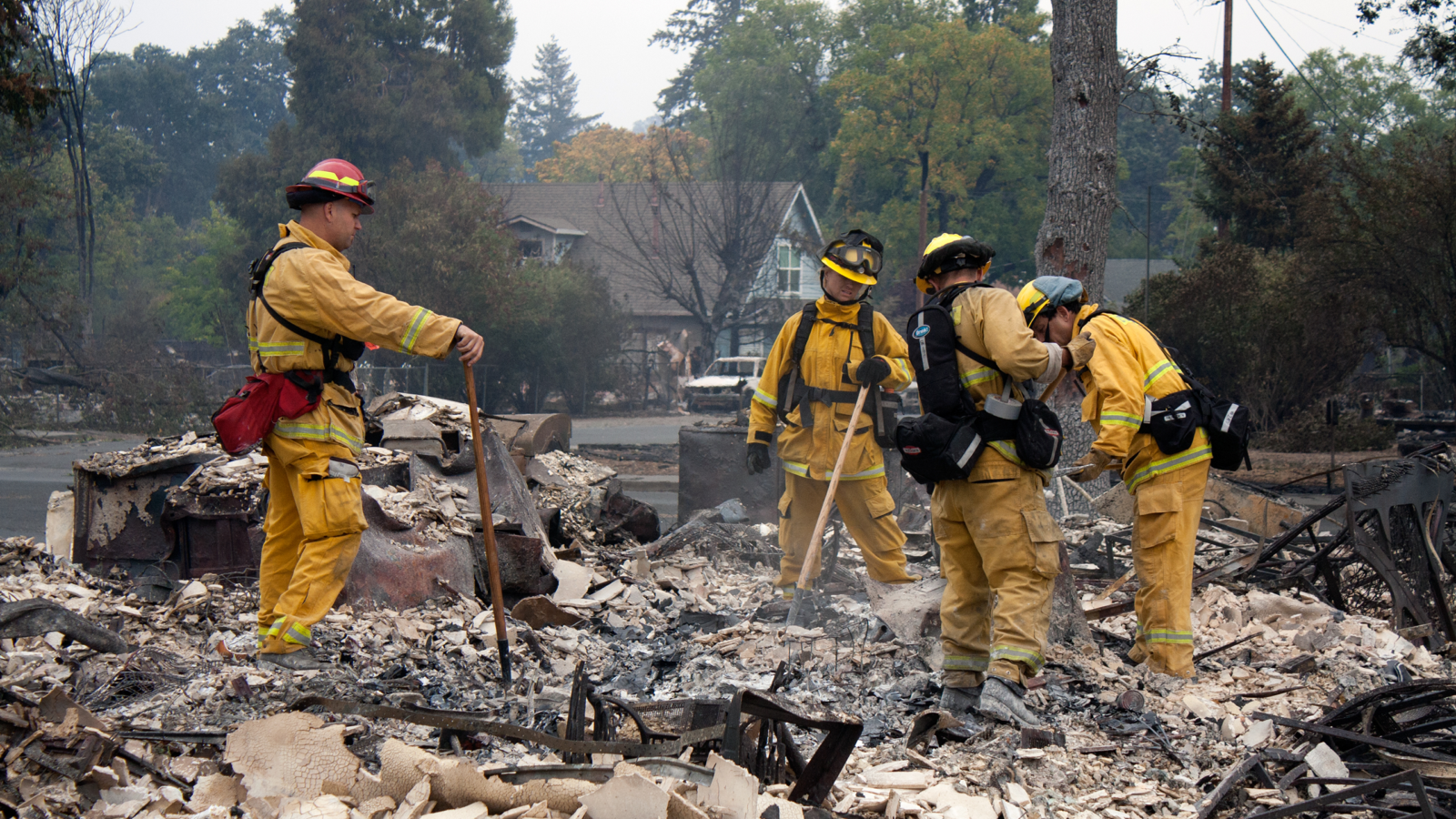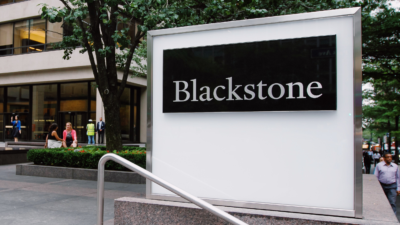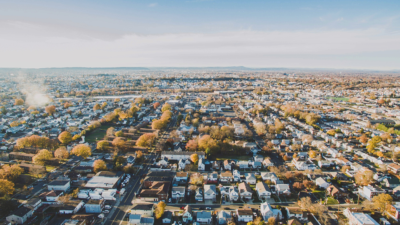Evictions Are About to Resume in NYC…With 500,000 Households In Rent Arrears
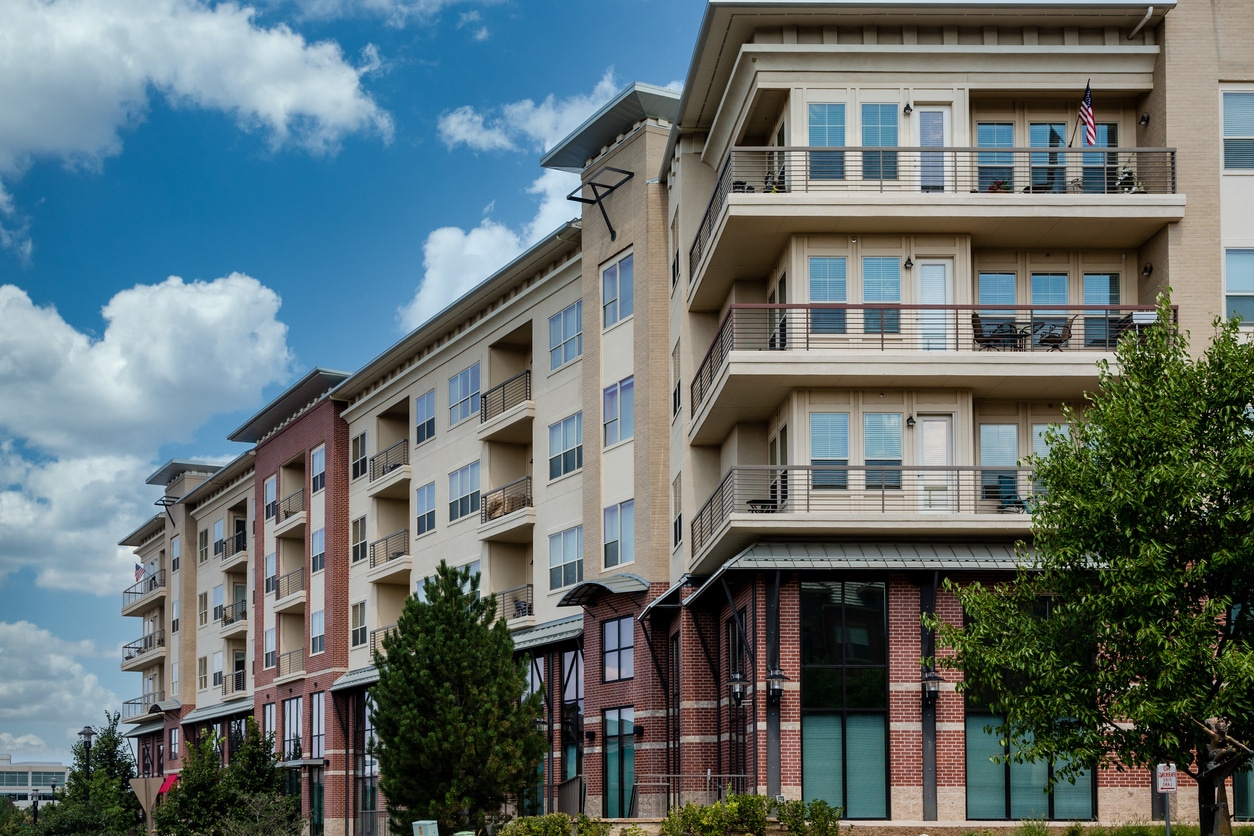
Sign up for smart news, insights, and analysis on the biggest financial stories of the day.
How time flies. It’s been sixteen months since a U.S. federal moratorium on evictions started during the pandemic. Now only three days remain until it ends.
States are on various timelines for lifting their own moratoriums, with New York’s expiring at the end of August. That will leave hundreds of thousands of NY residents facing potential eviction if they can’t promptly pay back rent. And government aid to address the issue is flowing at a pace that makes molasses look nimble, putting thousands at risk of homelessness.
The Stingy Empire State
The 500,000 NYC households in rent arrears owe a combined $2.2 billion, according to a research group at the University of Southern California. New York State set up a $2.7 billion financial aid program through which low-income or needy tenants can request up to a year in rent, but the rollout hasn’t exactly been flawless:
- The state has received 160,000 completed applications for aid, 75% of which are from New York City. But at the end of June, New York was one of only two states that hadn’t sent any financial assistance out to renters — last week, it doled out a measly $117,000, and on Monday the state said another $700,000 had been distributed.
- Meanwhile, renters taken to NYC housing court owe an average of $8,150 in rent. And 62,000 eviction cases have been filed in the city since the pandemic began, according to Princeton University researchers. That’s 20% of all evictions filed in the 29 U.S. cities analyzed.
The state is taking things down to the wire for renters in arrears, admitting funds for approved aid applications won’t all be disbursed until the end of August. New York did at least revamp its online application system, which was previously riddled with bugs.
No Time To Buy: For city-dwellers in a bind, buying into the housing market isn’t a rosy prospect at the moment. The S&P CoreLogic Case-Shiller National Home Price Index, which keeps track of home prices in major U.S. metro areas, shot up 16.6% in the year ended in May, the highest annual growth rate since the index started in 1987.
